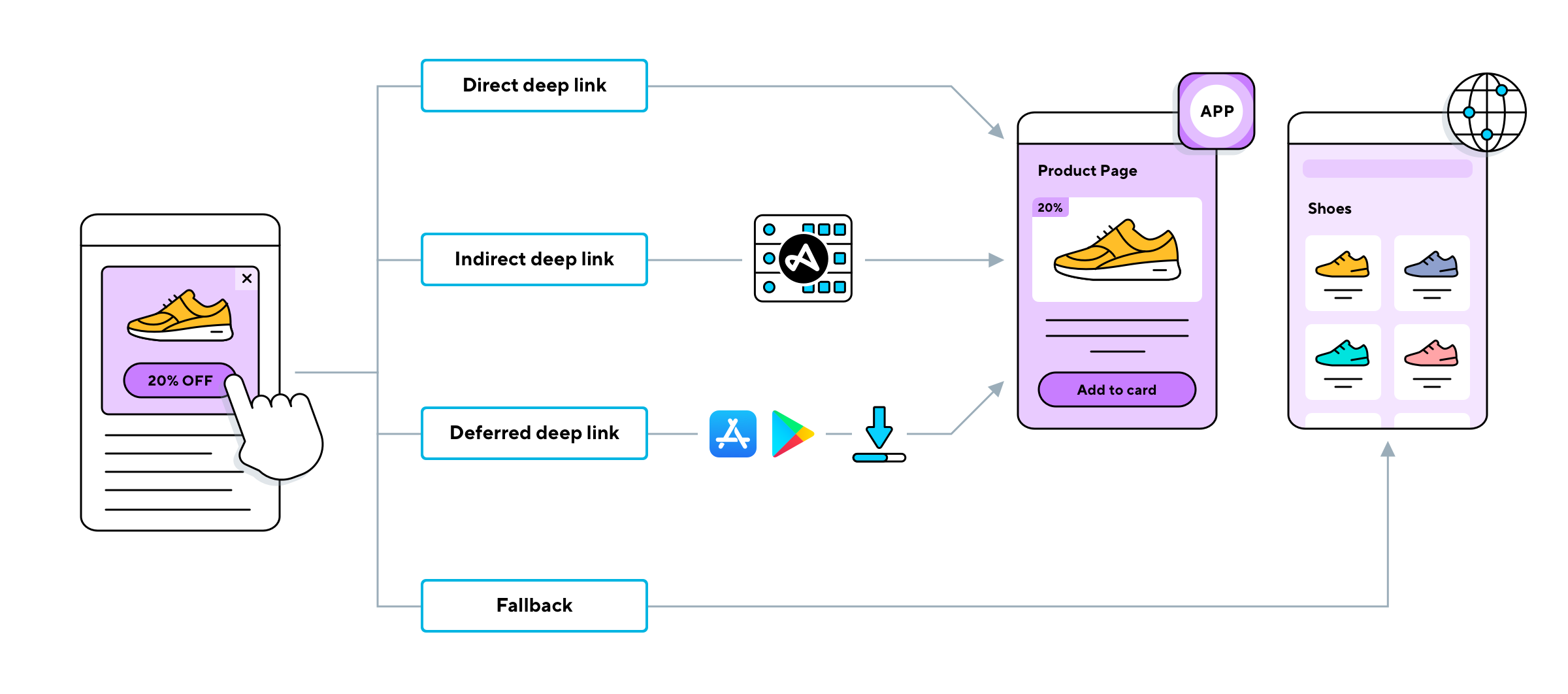Ever heard about deep hot links? If you're into web development, SEO, or just plain digital marketing, this is a term you'll want to get cozy with. Think of deep hot links as the secret tunnels that connect the most important parts of the internet. They’re not just any links; they’re the ones that drive traffic, boost rankings, and keep the digital world spinning. But what exactly are they, and why should you care?
Let’s be honest, the internet’s a huge maze, and if you don’t know how to navigate it, you’re probably lost. Deep hot links are like the GPS for websites. They’re the links that take you straight to the juicy content, bypassing all the unnecessary stuff. If you’re trying to grow your online presence, understanding these links is crucial. They’re the game-changers in the world of digital connections.
Now, before we dive deep into the nitty-gritty, let’s clear something up. Deep hot links aren’t just about linking one webpage to another. They’re strategic, powerful, and can make or break your online strategy. So, buckle up, because we’re about to explore everything you need to know about deep hot links. And trust me, by the end of this, you’ll be a pro at using them to your advantage.
Read also:Unveiling Valerie Wiggins The Rising Star You Need To Know
What Are Deep Hot Links Anyway?
Deep hot links, in simple terms, are hyperlinks that point directly to a specific page or piece of content within a website, rather than the homepage. Imagine walking into a massive library and being directed straight to the book you need, instead of having to wander through aisles. That’s exactly what deep hot links do. They save time, enhance user experience, and improve SEO rankings.
But why are they called "deep"? Well, it’s because they go beyond the surface-level homepage and dive straight into the heart of the website. These links are like shortcuts to the most valuable content, making them indispensable for both users and search engines. They’re the reason why you can land on an exact blog post or product page without having to click through multiple pages.
Why Are Deep Hot Links Important?
Here’s the deal: deep hot links are more than just convenient. They play a massive role in how search engines rank websites. When a deep hot link is used, it signals to search engines that the linked content is valuable and relevant. This, in turn, boosts the page’s visibility in search results. Plus, they make navigation smoother for users, which reduces bounce rates and increases engagement.
Think about it: if someone shares a link to your homepage, there’s no guarantee the visitor will find what they’re looking for. But if they share a deep hot link to a specific article or product, the visitor lands exactly where they need to be. It’s a win-win situation for everyone involved.
How Do Deep Hot Links Work?
Deep hot links work by creating direct connections between webpages. When you create a link, you specify the exact URL of the page you want to direct people to. For example, instead of linking to "example.com," you’d link to "example.com/blog/post-title." This specificity is what makes deep hot links so powerful.
But it’s not just about pasting URLs. To make deep hot links effective, you need to optimize them properly. This includes using descriptive anchor texts, ensuring the linked page is well-optimized, and placing the links strategically. When done right, deep hot links can significantly enhance your website’s performance.
Read also:Kirsten Toosweet Bio The Sweetest Journey To Stardom
Creating Effective Deep Hot Links
So, how do you create deep hot links that actually work? Here are a few tips:
- Use descriptive anchor texts: Instead of using generic phrases like "click here," use text that describes the content you’re linking to. For example, "check out this guide on SEO strategies."
- Optimize the target page: Make sure the page you’re linking to is optimized for search engines. This includes having a clear title, meta description, and relevant keywords.
- Place links strategically: Don’t just scatter links randomly across your content. Place them where they make sense and add value to the reader’s experience.
- Monitor performance: Use analytics tools to track how your deep hot links are performing. This will help you identify which links are driving the most traffic and adjust your strategy accordingly.
The Benefits of Using Deep Hot Links
Now that we’ve covered the basics, let’s talk about the benefits. Deep hot links offer a range of advantages for both website owners and users. Here are some of the key benefits:
1. Improved SEO Rankings
Search engines love deep hot links because they indicate that your content is valuable and relevant. When other websites link to your specific pages, it tells search engines that those pages are worth ranking higher. This, in turn, improves your website’s overall SEO performance.
2. Enhanced User Experience
Deep hot links make navigation easier for users. Instead of having to search through your website to find what they’re looking for, they can land directly on the relevant page. This reduces frustration and increases engagement.
3. Increased Conversion Rates
When users land on a specific page that meets their needs, they’re more likely to take action. Whether it’s making a purchase, signing up for a newsletter, or contacting you, deep hot links can help drive conversions.
Common Misconceptions About Deep Hot Links
There are a few misconceptions about deep hot links that we need to clear up. First, some people think that all links are created equal. This couldn’t be further from the truth. Deep hot links are more effective than general links because they’re more specific and targeted.
Another misconception is that deep hot links are only useful for large websites. In reality, any website can benefit from using deep hot links. Whether you’re a small business or a multinational corporation, these links can help improve your online presence.
Debunking the Myths
Let’s debunk a few common myths about deep hot links:
- Myth #1: Deep hot links are difficult to implement. Fact: With the right tools and knowledge, creating deep hot links is actually quite simple.
- Myth #2: They’re only useful for SEO. Fact: Deep hot links enhance user experience, drive traffic, and increase conversions, making them valuable for a variety of purposes.
- Myth #3: They’re outdated. Fact: Deep hot links are more relevant than ever in today’s digital landscape.
Best Practices for Using Deep Hot Links
To make the most of deep hot links, it’s important to follow best practices. Here are a few tips:
1. Use Relevant Keywords
Incorporate relevant keywords into your anchor texts and target pages. This helps improve your SEO rankings and makes your content more discoverable.
2. Keep Links Updated
Regularly check your deep hot links to ensure they’re still working. Broken links can harm your website’s reputation and negatively impact your SEO.
3. Diversify Your Links
Don’t rely on just one type of link. Mix up your deep hot links with internal links, external links, and multimedia links to create a well-rounded linking strategy.
Case Studies: Successful Use of Deep Hot Links
Let’s take a look at some real-world examples of how deep hot links have been used successfully:
Case Study #1: E-commerce Giant
An e-commerce giant used deep hot links to direct customers straight to product pages. This resulted in a significant increase in sales and a decrease in bounce rates. By making it easier for customers to find what they were looking for, the company boosted its bottom line.
Case Study #2: Content Marketing Agency
A content marketing agency used deep hot links to drive traffic to specific blog posts. This not only increased their website’s visibility but also established them as thought leaders in their industry.
Challenges and Solutions
While deep hot links offer many benefits, they do come with some challenges. One common issue is maintaining link integrity over time. As websites evolve, links can become outdated or broken. To solve this, it’s important to regularly audit your links and update them as needed.
Another challenge is avoiding over-optimization. While it’s important to use keywords in your deep hot links, overdoing it can lead to penalties from search engines. The key is to strike a balance between optimization and natural linking.
Addressing Common Challenges
Here are a few solutions to common challenges:
- Challenge: Broken links. Solution: Use tools like Google Search Console to identify and fix broken links.
- Challenge: Over-optimization. Solution: Focus on creating high-quality, relevant content and use keywords naturally.
Conclusion: Embrace the Power of Deep Hot Links
In conclusion, deep hot links are a powerful tool for improving your website’s SEO, enhancing user experience, and driving conversions. By understanding how they work and following best practices, you can harness their full potential. So, don’t wait—start incorporating deep hot links into your digital strategy today!
And remember, the internet’s a big place, but with deep hot links, you can navigate it like a pro. So, what are you waiting for? Dive in and see the difference these links can make for your website.
Call to Action: Share your thoughts on deep hot links in the comments below. Have you used them before? What were your results? Let’s start a conversation!
Table of Contents
- What Are Deep Hot Links Anyway?
- Why Are Deep Hot Links Important?
- How Do Deep Hot Links Work?
- Creating Effective Deep Hot Links
- The Benefits of Using Deep Hot Links
- Common Misconceptions About Deep Hot Links
- Best Practices for Using Deep Hot Links
- Case Studies: Successful Use of Deep Hot Links
- Challenges and Solutions
- Conclusion



